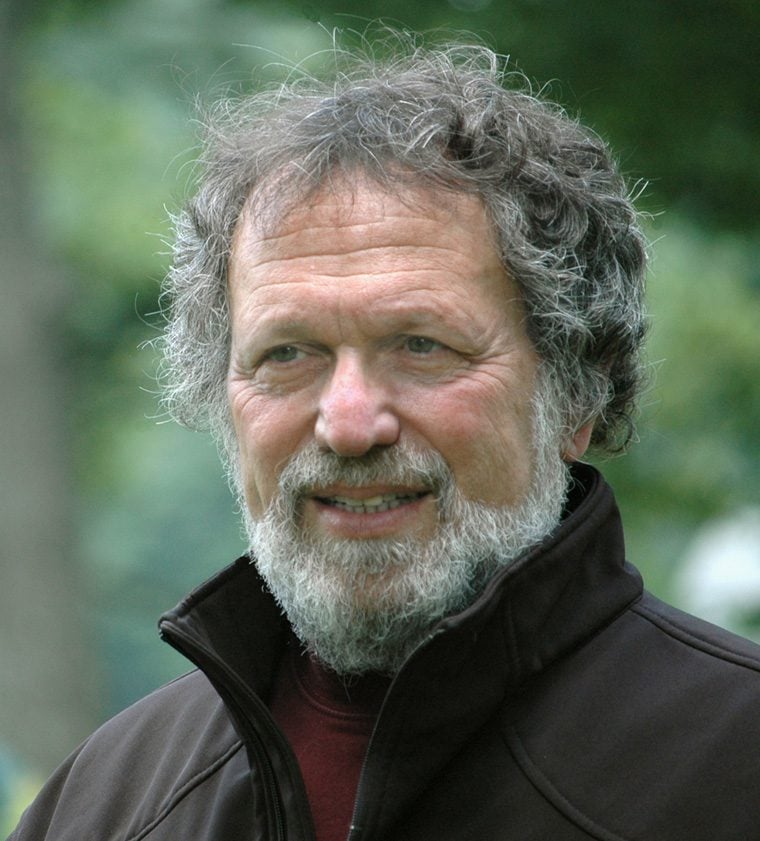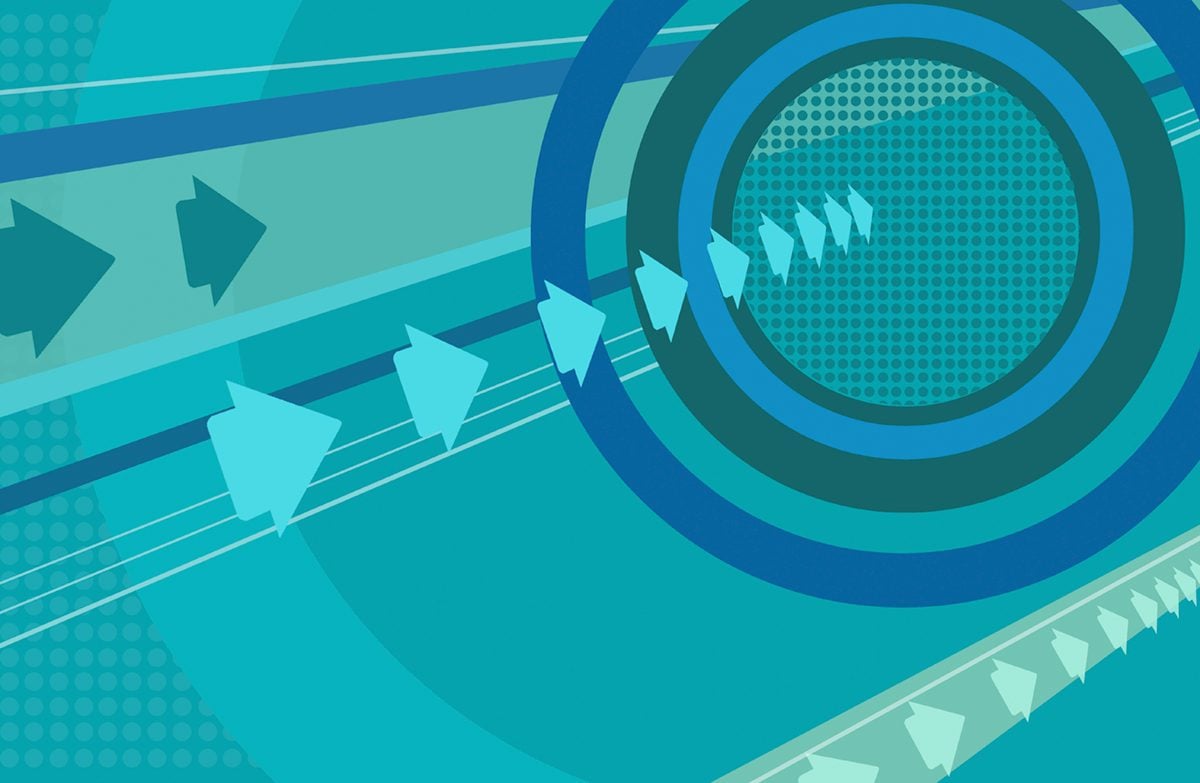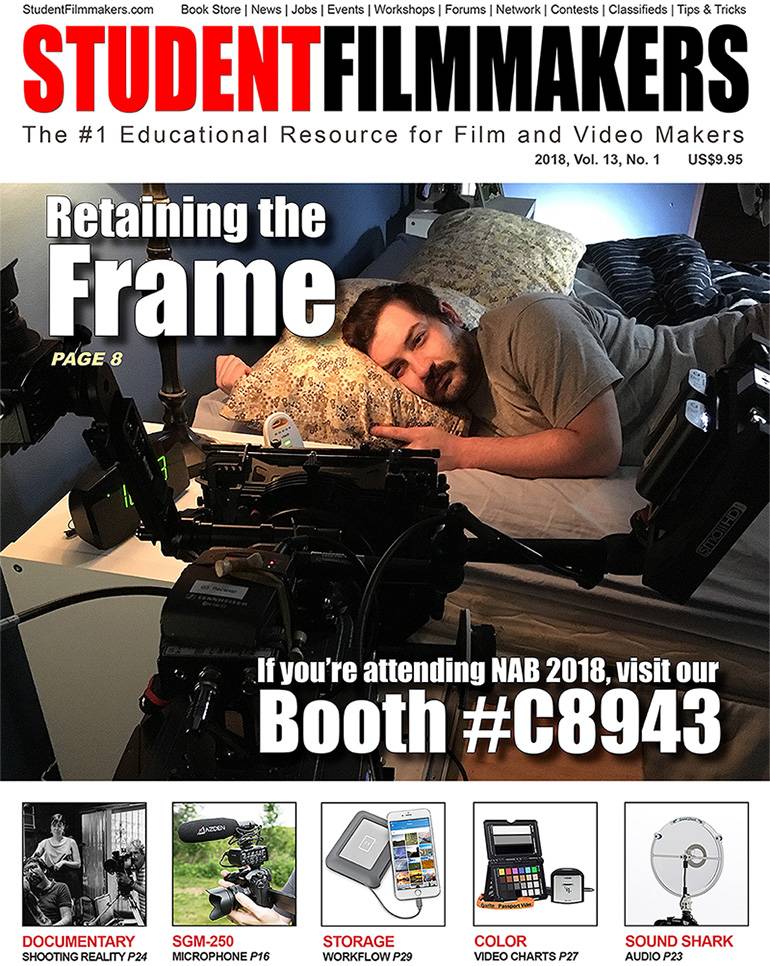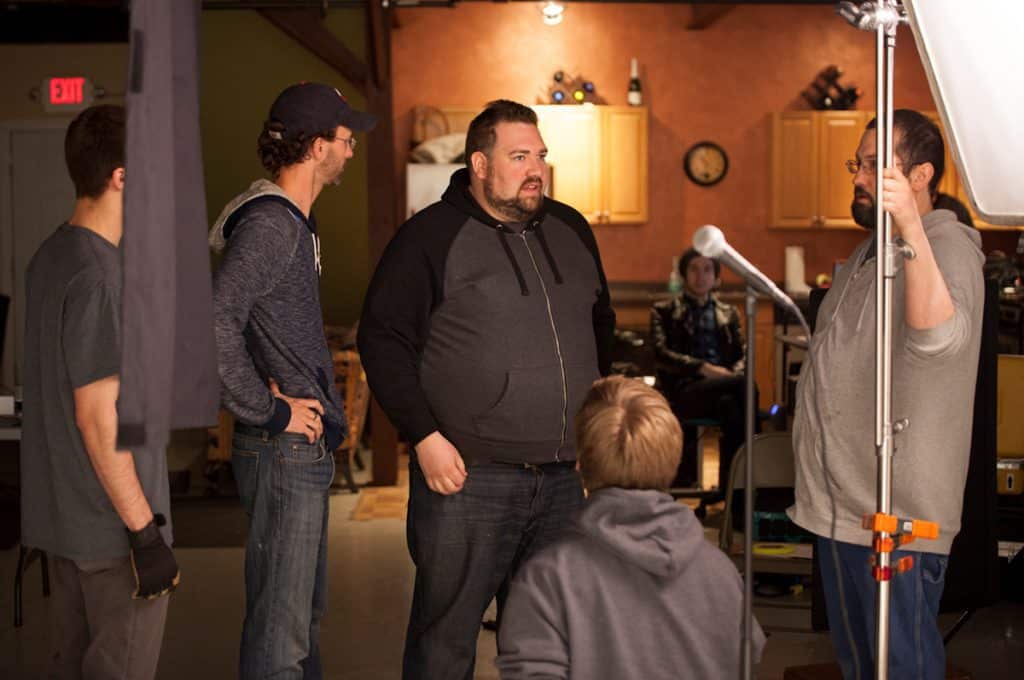You have just gotten your first big film to shoot. This is an exciting time. You want it to be a fantastic experience, because it will be a mainstay of your reel – and a possible entré into the industry. You have a great relationship with the director and even the producer thinks you are a talented shooter – and you feel that you can light the project using your own unique abilities and a deep understanding of the story… After all, you have been practicing compositions and lighting for a few years now. You just don’t want to “blow it” by taking too much time. This is a chance to bond with the above the line folks who will certainly be making more films in the future. A slow DP is a DP who doesn’t work very much. What are some of the things that will slow a production down?
As a Director of Photography for over 35 years on projects ranging from major releases for the Hollywood studios, to small independent films and television movies, I have learned that time can present an opportunity as well as become the greatest enemy of a DP. It is in the last 10 minutes – after all the lights have been hung, aimed, diffused, gelled, spotted, flooded, cut, and otherwised shaped, that the real art in painting with light is achieved. That is the time when you can set the intensity of each unit to make it all bled together into your specific vision of realism that will bring the scene to life – that will fold the audience into the story, not even aware that they are sitting in a theater having paid far too much for an hour and a half’s entertainment.
The zoom lens has a bad rap. In fact some of today zooms are not even called zooms, they are called variable primes – which is in fact a zoom lens. It is one of the greatest tools in saving time and getting the exact frame you want in a fraction of a second. Many students have said to me – I only shoot with prime lenses. Well think of the amount of time it takes to change from one prime lens to another: cleaning the lens; checking the gate; setting up the rods; adding the follow focus; getting new marks. It all takes time – maybe 5 minutes if you have a speedy AC. If you change lenses 12 times on one day, you have just lost an hour in which you could have been creating art. On a TV movie you could not consider doing this.
To use a zoom lens does not mean the audience has to be aware it is a zoom. If you want to adjust your framing within the shot use a zoom lens with a standard zoom control and motor – as Ridley Scott does all the time, and you will hide the zoom in a pan, dolly, tilt or in the movement of the actors. By adjusting the lens a millimeter here or there, you will get the exact framing you want without making huge time consuming camera moves or compromises in the actor’s blocking. Today’s zooms are fast, and sharp, and are a tool never to be discounted.
Be efficient and take advantage of the great advances in lens technology.

More helpful articles and resources
Cameras | Lighting | Audio | Tradeshows
Post a Job | Network | Join Discussions in the Filmmakers Forums Online
Subscribe to StudentFilmmakers Magazine
Print Subscription >>
Digital Subscription >>






